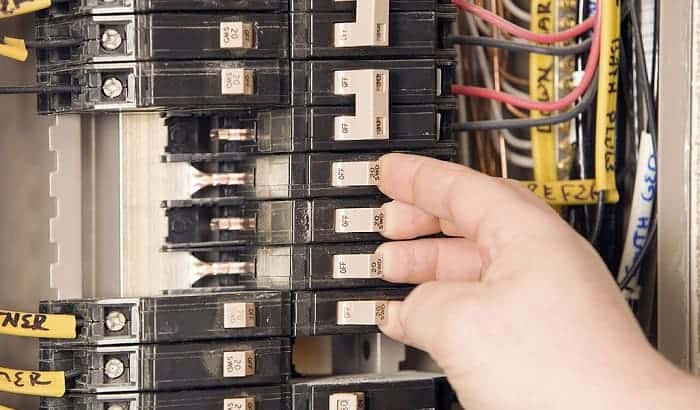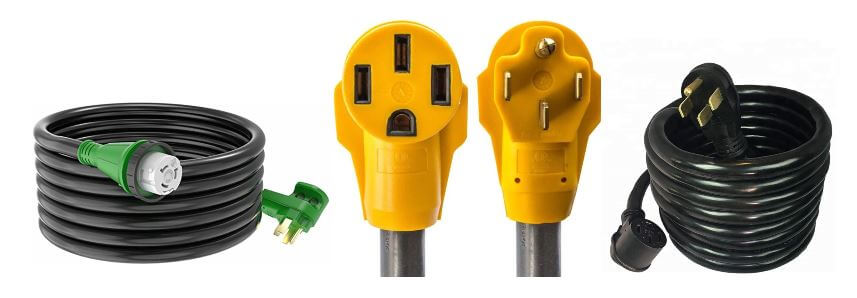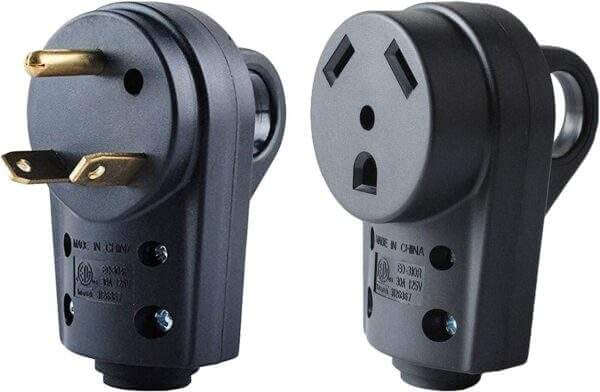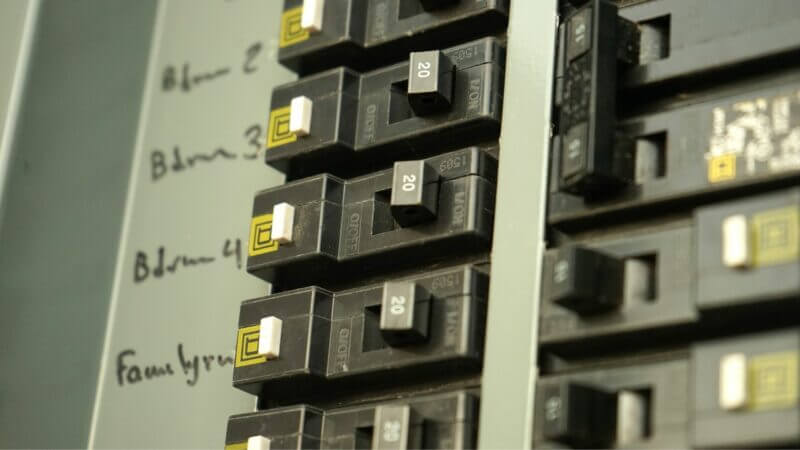If you are a homeowner or renter, at some you might have had to deal with a breaker tripping or some wiring work you have no idea how to do. And sometimes it could be simple work that you could handle yourself. Knowing how to wire a 50 amp RV plug or other breaker applications is vital as it helps prevent adverse effects. For instance, using a 30 amp or 20 amp wire for needs that require a 50 amp wire size could lead to a fire.
Heavy-duty electrical appliances such as dryers and kitchen ovens use 50A circuits. Therefore, you must use the correct wire gauge to ensure safety. This article helps you to have an understanding of the wire gauge standards according to the National Electrical Code (NEC) so that you are well-informed and safe in the wire job.
Please be sure to understand this is just a simple look at the basics of electrical standards, and for further concerns, you may have to seek advice from an electrical contractor that is licensed and certified.
The Applications of a 50 Amp Circuit

These are mainly used in breakers for residential, commercial, and industrial uses.
For houses, these are used in:
- Electric ovens
- Central air conditioning units
- Heavy-duty electric dryers
- Hot tubs
- Electric vehicle charging stations
- RV Power Outlets
- Backup Generators
- Home workshops
In the commercial field, the uses include:
- HVAC Units
- Laundry services
- Machinery
- Commercial kitchens (restaurants, cold kitchens, etc.)
- Park and recreation facilities
- Street lighting
- Sports Complexes
In industrial settings, 50 Amp circuits are common for:
- Pump stations
- Generators
- Standalone high-power demand machinery
- Conveyor Systems
What Does a 50 Amp RV Cord Look Like?

Here is a look at 3 different views of the 50-amp RV cord. You can distinguish this cord from a 30 amp RV cord by counting the number of prongs it leads to. A 50 amp cord will have much thicker wires that lead to 4 prongs. A 30 amp cord has 3 wires that lead to prongs and a thinner wire.
If your 50 amp plug has four prongs, then it is 220 volts. The prongs will be one neutral, one ground, and the other two will each be 110 volts.
Things to Consider for a 50 Amp Plug

1. Gauge
Gauge is the measurement of a wire, particularly its size. AWG is the standard system used for this measurement. Wire gauge is determined from high to low, with greater numbers suggesting a smaller-sized wire size.
There are two properties of a wire you have to consider before finalizing the gauge:
2. Length of The Wire
The best option when figuring out what size wire to use at certain lengths is to consult a professional and get their input on the job you are about to partake in. However, the rule of thumb is to go up one size larger than your job requirement if your wire is inside a conduit, ganged with other wires, which inhibits heat dissipation, or your run exceeds 100 feet.
3. Type of Wire Material
If you are utilizing a wire that is not made from brass, silver, or copper, it would be best to check and see if a different size is required. Aluminum wires are known to be much less common than ones made with copper, and they likewise differ from them in certain requirements. Aluminum uses roughly 61% of the conductivity of copper wires. They, however, weigh 70% less than copper wire.
Best Wire Gauge for 50 Amp Plug
For a 50 Amp wire, the best gauge is a 4 gauge wire for Aluminum and a 6 gauge wire for copper, according to the AWS, i.e., American Wire Standard. Something thicker is unnecessary, whereas a thinner wire can be a serious safety hazard. The American Wire Gauge (AWG) system classifies the ratings for wires with a copper conductor core. Some circuits use aluminum core conductor wiring instead, which requires a different 50-amp wire size than if using a 50-amp circuit breaker.
Although the 6-gauge is the standard for 50 amps, you can upgrade to 4-gauge if the distance is 100 feet and above. For 200 feet, you may opt for a 2-gauge wire to further reduce the voltage drop.
The table below shows the expected wire gauge for 50 amps, depending on the distance and type of wire:
|
Distance |
Wire Size (Copper) |
Wire Size (Aluminum) |
|
50 ft |
6 AWG |
4 AWG |
|
75 ft |
6 AWG |
4 AWG |
|
100 ft |
4 AWG |
3 AWG |
|
200 ft |
2 AWG |
1/0 AWG |
|
250 ft |
1 AWG |
2/0 AWG |
|
300 ft |
1/0 AWG |
3/0 AWG |
Final Thoughts
To conclude, the best wire gauge for 50 amps is a 6-gauge wire. However, when you want to connect an electronic appliance a long distance from the main panel, you may experience a voltage drop. As such, it would be advisable to go for a higher-grade wire. For example, a 4-gauge copper wire would be ideal for distances over 100 feet, refer to the table.
Besides the fire risk, using the wrong wire size could damage your electrical appliances and equipment. So, if you feel like the written information is insufficient or doubt any of the minute details, it is important to consult a professional without delay.

